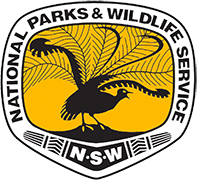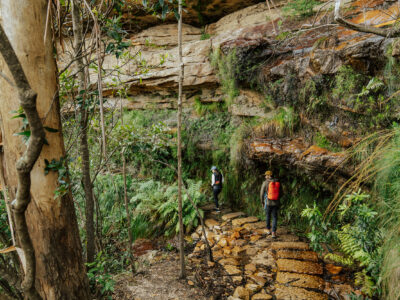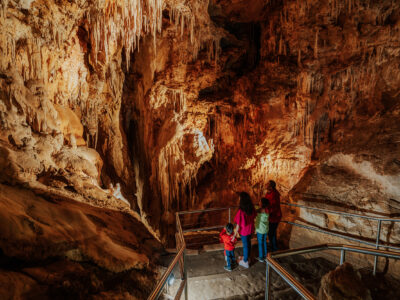Not your run-of-the-mill gold-rush town, Hill End is a significant icon in Australia’s history. Why so, you ask? Like most things in 19th century Australia, the answer lies in gold, but more on that later.
Welcome to Hill End: sleepy village, rustic (and incredibly photogenic) dream town, full of original Victorian buildings, old gold fields, and a thriving community of artists, artisans, poets and painters. Had enough of the city and surf? Head to Hill End!
-
An ideal day trip or weekend getaway
View this post on InstagramAround 4 hrs drive from Sydney and an hour north-west of Bathurst, Hill End is perfect for a weekend getaway, or as a day trip paired with a visit to Mudgee wine region or the Blue Mountains. In a single wander around town you’ll find heaps of heritage, a couple of chilled cafes (or bring goods for a picnic with the kangaroos), a tranquil sense of timelessness and striking rustic beauty that visually inspires many modern creatives. You may also run into some of the artists that call Hill End home.
Stay at the Village and Glendora campgrounds (both are super close to town). Or, if you’re looking for a more up-market, (read: comfy and cosy) place to lay your head, book into one of the town’s unique accommodations.
-
How it all began
View this post on InstagramSo how did Hill End get its start? This little town, an hour north-west of Bathurst, exploded in 1872 when German immigrant Bernhardt Holtermann discovered the world’s largest hunk of reef gold, turning Hill End into one of the state’s biggest inland towns.
Did you know: ‘The Holtermann Specimen’, weighing in at a whopping 286kg (around 93kg of it pure gold), became an instant sensation. Holtermann, an early PR genius, ensured the invaluable nugget was only ever photographed if he was standing beside it, his hand draped over to evoke true ownership. Spare a thought for Holtermann’s mining partner, Louis Beyers, who slept through the find, ending up with the world’s worst case of FOMO.
View this post on InstagramAs with most gold rush towns, though, after the boom Hill End had to redefine itself. Luckily, after discovery of the ‘Holtermann Collection’ showcased off the town’s old-worldly charm, famous Australian painters including Brett Whiteley, John Olsen and Russell Drysdale flocked to Hill End in the fifties, establishing a rich artistic legacy.
Did you know: The ‘Holtermann Collection’ of 3,500 negatives was found in a Chatswood shed in 1951 and deemed as significant a discovery as images of the American Civil War and Tutankhamun’s tomb. English photographer Beaufoy Merlin had been commissioned by Holtermann to obsessively photograph the town… like a 19th-century Instagrammer.
Fast forward to today
View this post on Instagram
No trip to Hill End is complete without a visit to where the gold was found. Not far beyond the township is impressively craggy mountain and gorge country where some of the old mines were. Bald Hill walk leads to the restored Bald Hill Mine, which reflects real mining conditions and has its own regular tours. Post-ochre tour, hang for a beverage and bite at the rustic, heritage-listed 1872 Royal Hotel.
It’s no longer rich in gold, but Hill End is worth its weight for an alluringly day trip or peaceful weekend away.
Pro tip: Remember to tread carefully!













